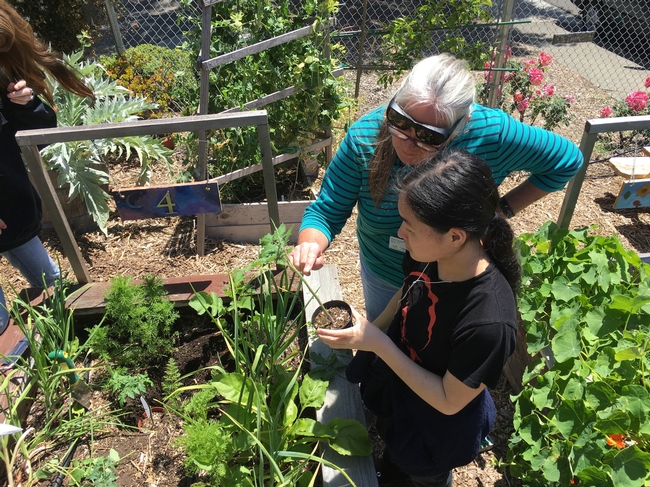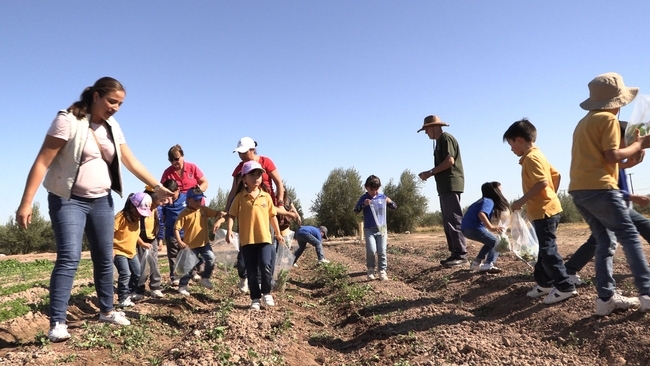They are considered the backbone of any non-profit organization. They strongly believe in the objectives of the institution to which they invest their time. Of course, I am talking about volunteers. Special people whose motivation is to change the communities where they live. Their passion makes them the perfect ambassadors of the organizations and often times their work catches the eyes and the pockets of donors.
According to Gemma M. Miner, volunteer coordinator of Agriculture and Agricultural Resources at the University of California (UC ANR), this institution has more than twenty-six thousand volunteers, who perform a variety of activities within the programs 4-H Youth Development, UC Gardener Master, UC Master Food Preserver, and UC California Naturalist among others. These volunteers perform a variety of activities such as educating and mentoring participants and representing their program and UC ANR at public events.
UC ANR volunteers are estimated to accumulate about two million public contacts annually (data prior to COVID-19) in activities where they promote research-based information from UC ANR experts.
One of UC ANR's goals since 2018 is for academics to develop and manage systems that allow volunteers to lead projects, with the intention of strengthening volunteer engagement.
Miner emphasizes that the search for volunteers is continuous, however. Due to the diversity of UC ANR's state programs and the strategic locations of the Cooperative Extension offices, attracting the right people is not a difficult task.
But who are the right people to volunteer at UC ANR?
According to Miner, the ideal candidate is any adult willing to contribute to improve the lives of Californians. "Collaborating with UC ANR is a lot of fun and rewarding, as you have the opportunity to return to the community what it has given us and often help families who desperately need us to support them," she says.
Volunteering Challenges
As the population in California moves from rural to urban areas, low-income families face disadvantaged situations. As a result, 6.8 million people live below the poverty level. This represents 1 in 6 California residents.
Latinos are the ethnic group hit hardest by this problem.[1]In California, 40% of the population is of Latino origin, yet economic and social disparity is the sad reality for many of these families. Latinos comprise 51.4% of the population living below poverty level,[2] which is why UC ANR maintains its commitment to help these families through the available programs. In order to successfully achieve this objective, it is vital to have volunteers who are not only bilingual, but also bicultural.
Juan Jiménez and his wife Michele are two of thousands of volunteers who collaborate with UC ANR. Both participate with the 4-H youth development program in Riverside County and know the importance of being bilingual and bicultural. They also know first-hand the reward of volunteering. "Volunteering makes me feel human and that I'm contributing to the community and my family," says Juan.
For Michele, volunteering for the community she lives in is a natural thing: "Since I was a child, I have been a volunteer. My parents instilled in me the service to our community, our church. To me it is a very normal and satisfying thing."
Every year in April, non-for-profit organizations everywhere in the country celebrate and recognize the work of those tireless people who dedicate their free time for the benefit of others. UC ANR joins them and from the bottom of our hearts we say:
Thank you, Volunteers!!
----------------------------
[1] Public Policy Institute of California - June 2020
[2] US Census Bureau 2020

